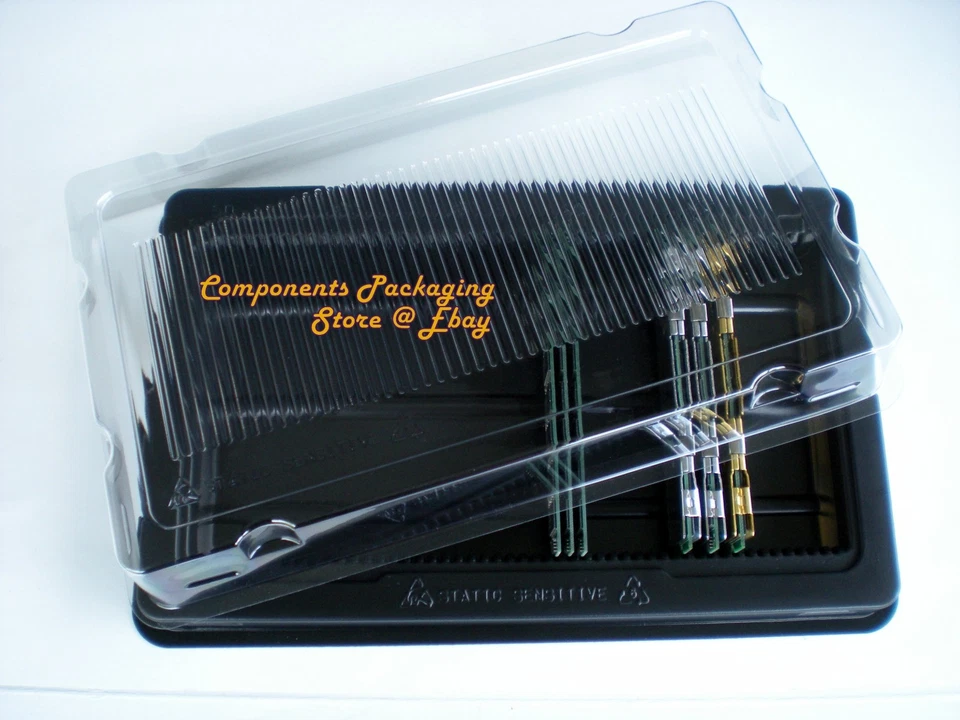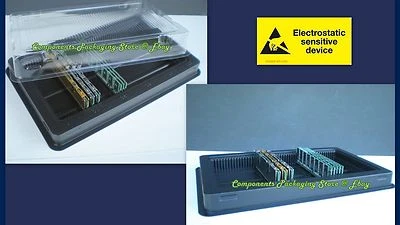Computer RAM Cases
Shop by category
254 results
Sort: Best Match
- Brand New · UnbrandedRM 508.17RM 222.08 shipping
- Brand New · UnbrandedRM 516.23RM 222.33 shipping
- Brand New · UnbrandedRM 66.08RM 63.10 shipping60 sold
- Brand New · UnbrandedRM 93.39 to RM 510.78RM 84.47 shipping
- Brand New · UnbrandedRM 92.98RM 78.10 shipping229 sold
- Brand New · UnbrandedRM 98.77RM 78.27 shipping57 watching
- RM 78.39RM 63.48 shipping
- Brand New · UnbrandedRM 95.01RM 78.19 shipping
- Brand New · UnbrandedRM 74.18 to RM 784.97RM 85.71 shipping
- Brand New · UnbrandedRM 88.85RM 77.98 shipping168 sold
- Brand New · UnbrandedRM 171.91RM 153.32 shipping
- Brand New · UnbrandedRM 90.79 to RM 504.04RM 221.92 shipping
- Brand New · UnbrandedRM 288.94RM 163.73 shipping
- Brand New · UnbrandedRM 102.82 to RM 437.55RM 151.29 shipping
- Brand New · UnbrandedRM 57.81RM 62.86 shipping
- RM 90.92or Best OfferRM 107.82 shipping
- Brand New · UnbrandedRM 90.71RM 75.58 shipping
- Brand New · UnbrandedRM 88.85RM 77.98 shipping
- Brand New · UnbrandedRM 97.11RM 78.23 shipping170 sold
- Brand New · UnbrandedRM 74.18 to RM 813.90RM 78.85 shipping
- Brand New · UnbrandedRM 81.99RM 104.57 shipping
- Brand New · UnbrandedRM 65.62 to RM 573.92RM 65.91 shipping
- Pre-Owned · UnbrandedRM 8.15RM 92.60 shipping
- Brand New · UnbrandedRM 171.50RM 153.32 shipping124 sold
- Brand New · UnbrandedRM 123.64RM 76.53 shipping
- Brand New · UnbrandedRM 136.68RM 106.43 shipping
- RM 88.85 to RM 506.23RM 90.30 shipping
- Brand New · UnbrandedRM 89.26RM 77.98 shipping
- RM 80.12or Best OfferRM 250.32 shipping
- New (Other) · UnbrandedRM 167.57RM 247.70 shipping
- Brand New · UnbrandedRM 160.84 to RM 574.09RM 80.13 shipping
- Brand New · UnbrandedRM 171.50RM 247.83 shipping
- Brand New · UnbrandedRM 86.66 to RM 504.04RM 85.01 shipping
- Brand New · UnbrandedRM 49.59or Best OfferRM 76.82 shipping
- Brand New · UnbrandedRM 90.79 to RM 504.04RM 80.50 shipping
- Brand New · UnbrandedRM 74.18 to RM 784.97RM 78.85 shipping
- Brand New · UnbrandedRM 123.64RM 76.53 shipping
- Brand New · UnbrandedRM 65.62 to RM 573.92RM 236.54 shipping
- Brand New · UnbrandedRM 171.50RM 80.42 shipping
- Brand New · UnbrandedRM 516.23RM 222.33 shipping
- RM 79.03or Best OfferRM 246.88 shipping
- Brand New · UnbrandedRM 119.43RM 78.89 shipping
- Pre-Owned · KingstonRM 74.18or Best OfferRM 253.03 shipping
- Brand New · UnbrandedRM 123.64RM 79.01 shipping
- RM 79.53or Best OfferRM 260.98 shipping
- Brand New · UnbrandedRM 94.92 to RM 516.44RM 222.33 shipping
- Brand New · UnbrandedRM 95.01 to RM 516.44RM 155.51 shipping50 sold
- Brand New · UnbrandedRM 111.25RM 246.05 shipping
- Brand New · UnbrandedRM 74.18 to RM 784.97RM 96.04 shipping
- Brand New · UnbrandedRM 171.91RM 80.58 shipping
- Brand New · UnbrandedRM 123.64RM 76.53 shipping
- Brand New · UnbrandedRM 123.56 to RM 586.40RM 92.65 shipping
- Pre-Owned · UnbrandedRM 1,239.75or Best OfferRM 241.01 shipping
- Brand New · UnbrandedRM 504.04RM 221.92 shipping
- Brand New · UnbrandedRM 90.79 to RM 504.04RM 137.03 shipping
- Brand New · UnbrandedRM 90.79 to RM 508.17RM 257.79 shipping
- RM 18.60RM 104.43 shipping15 watching
- Brand New · UnbrandedRM 74.18 to RM 784.97RM 96.04 shipping
- RM 250.02RM 141.87 shipping
- RM 74.51or Best OfferRM 247.95 shipping



































































